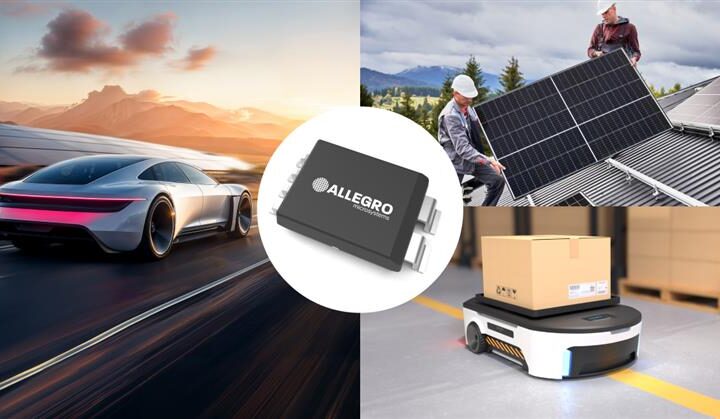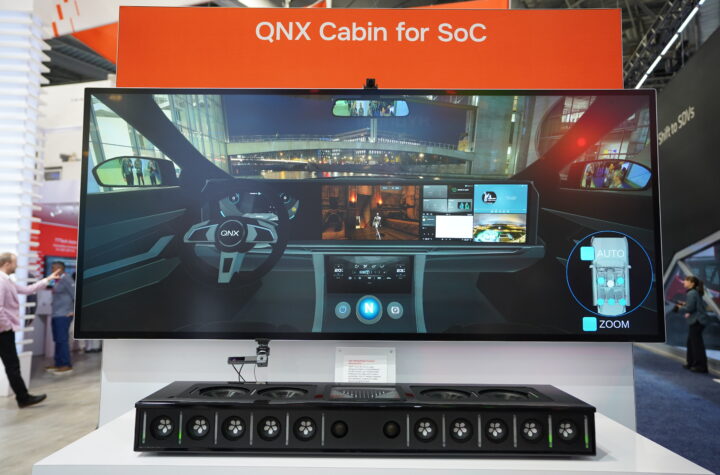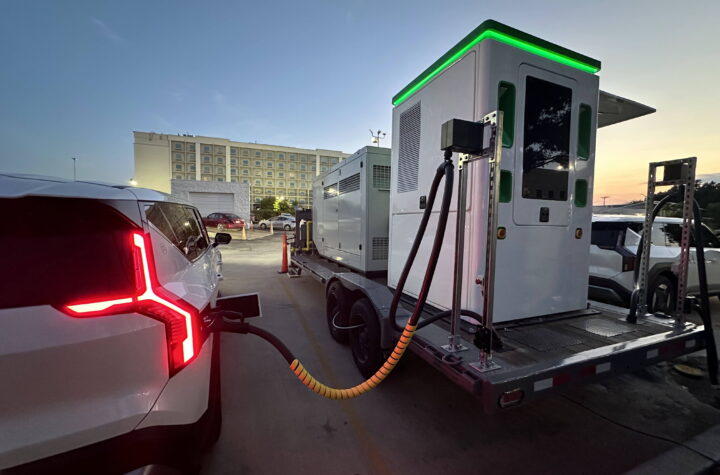
MikeLittrell is a rare combination of visionary and realist.
While otherstilt at windmills by promising an entire car made of 3D-printed parts,Littrell’s company, C.ideas, ispursuing a more practical, but still bold, agenda: Using 3D scanning andprinting technologies to create and manufacture replacement parts for rarevehicles.
C.ideasproved at the RAPID show, held in Detroit in June 2014, that the company coulduse scanning, software and printing products from 3D Systems to help producemore than 40 replacement components for a Lotus 340R, a legendary concept carof which only 340 were made in 1998.
Thinkingbig
Littrell, aself-confessed car guy, got the inspiration for the Lotus project while drivingto the 3D Print show in New York City in February 2014. Thinking about the upcoming RAPID show, hewanted to do something big, but real, for the Detroit audience.
“A lotwas being written about projects to build an entire 3D-printed car,” saysLittrell. “But 3D printing anentire car is not a viable solution at this time and is not likely to be fordecades. I think the market for replacement components and custom-made itemsfor rare vehicles is an immediate opportunity.”
Although automotiveparts is a small part of C.ideas’ current business, the company has forged areputation for innovation in that market. At the Additive Manufacturing UserGroup (AMUG) conference in Tucson in early 2014, the company’s 3D-printed scalemodel of a 1921Miller 91 car finished first in advanced finishing and third in theadvanced concept categories in the technical excellence competition.
Fateor coincidence?
In his questto make a big splash at RAPID, Littrell started to search dealerships in theMidwest U.S. to find a Lotus 340R, of which only 11 are thought to have beenimported to the United States.
Whether byfate or coincidence, he found the exact model he was searching for at one of thefirst dealers he contacted in Michigan, not too far from C.ideas’ headquartersin Crystal Lake, Illinois.
Afterobtaining the car, an immediate challenge lay ahead: Finding the 3D scanning hardwareand software to capture and process the complex curves and intricate designpoints of the car. Oh, and one smallhurdle: Despite its computer-aided design (CAD) and 3D printing expertiseforged over 25 years, C.ideas had little knowledge and no tools for 3D scanningof parts and assemblies.
Fast-track3D scanning
Littrellwanted a 3D scanner and processing software in one integrated package. He found it in Geomagic Capturefrom 3D Systems. Geomagic Capture bringstogether in one package a compact, ultra-precise, blue-light LED scanner and softwarethat enables designers to quickly build a 3D model from multiple scans andimport it directly into specific CAD applications.
DanWilliams, whom Littrell calls the company’s “self-taught software guru,”was the natural choice to take on scanning and modeling duties, since he wasthe resident SolidWorksCAD/CAM user. But Williams had no 3Dscanning experience.
“I’dnever scanned anything,” says Williams. “My scanning knowledge was slim to none.”
When theGeomagic Capture system arrived, Williams went to work immediately, having onlyfour weeks to create more than three-dozen parts. The first scans he did were of the Lotus’front hood panel, requiring about 15-20 scans to capture.
After hisinitial scanning, he participated in a one-hour webinar session from 3DSystems, using his own hood data for the tutorial.
“I didthe webinar in the afternoon and immediately began modeling,” saysWilliams. “I went home that nightand came in the next morning and continued working. By about 10 a.m., I had a complete surfacemodel in Geomagic Capture and was using the 3D Systems interface to export it directlyinto SolidWorks, where I put in the mechanical features. The process was smooth and fast.”
From there,it was a matter of repeat as necessary, at various degrees of complexity.
Perfectfit, first time
The finishedassemblies created by C.ideas for RAPID include the front hood, rear deck-lid,fenders and rear wing of the car. The deck-lid was modified after surfacecapture to include a cold air intake and vents. The wing was expanded to create greater drag at higher speeds. Originalfiberglass parts, such as the front hood, were replaced with ABS partsthat provide greater flexibility and resistance to cracking.
“Wecaptured and created a fully functional air intake system and the rest of theparts, all strengthened and made lighter, within four weeks,” saysLittrell.
Scans forthe trunk were exported to PTC Creosoftware and sent out to DesignDepartment Inc. in Pleasant Prairie, Wisconsin, for additional design work.
Final modelswere printed in the materials best-suited to meet design, performance andmaintenance needs. 3D SystemsiPro 8000 systems were used for all the SLA (stereolithography)parts and the 3D SystemssPro60 HD/HS for the SLS (selectivelaser sintering) parts.
“We had170 hours of built parts and they all fit on the first try,” saysLittrell.
Finally,the fenders
The fenderspresented one of the greatest challenges and still had not been scanned twoweeks before RAPID in Detroit. Like everythingin the Lotus 340R, they are far from stock — they’re free-floating above thewheels, protruding outside the body of the car in a motorcycle-style design,with tight-fitting cutaways to accommodate brake lines, springs and othercomponents.
Thedark-colored fenders were spray-painted in a white rubber latex to facilitate scanning,after which the rubber was peeled off. Within three or four days the fenderswere recreated, 3D printed in ABS material and mounted for the show.
The’aha’ moment
The reactionto the retro-fitted Lotus at RAPID was just what Littrell wanted.
“Peoplewere blown away,” he says. “I think it created that ‘aha’ momentwhere everyone understood the implications of 3D scanning and printing in therare automotive parts aftermarket.”
Rampingup development speed
Whileshowcasing the Lotus 340R at RAPID was an initial goal for C.ideas, it washardly an endpoint.
Shortlyafter the show, work continued on the Lotus 340R, including scanning, modelingand 3D-printing a washer-fluid reservoir and a custom steering-wheel insert. This time, Geomagic Design Xsoftware, known for its ability to produce history-based 3D CAD models directlyfrom scans, was incorporated into the process.
Once again,Williams dove into the work after only an hour of training and started creatingaccurate models immediately.
“GeomagicDesign X allows us to extract splines directly from the scan data,” saysWilliams. “We were able to create a mesh model for the reservoir with anexact design tree for SolidWorks within a couple of hours. It saved us at leastan hour or two of modeling work. It’s very powerful to be able to generatefeature-based, editable solid models from 3D scans for direct import intoSolidWorks, PTC Creo and other CAD packages.”
Both thewasher-fluid reservoir and the steering wheel insert were printed on a 3DSystems Projet sPro 60 using the lighter, more durable Duraform GF material. The fenders, initially printed in ABS, werealso reprinted in Duraform GF.
Provingthe point
There mightstill be more proof needed that 3D printing can be used to create a profitableaftermarket for durable, customized parts for rare vehicles, but C.ideas certainlyhas people talking.
“Withthe Lotus 340R project, C.ideas demonstrates the great potential of3D printing for rare or highly personalized replacement parts,” says MarkAbshire, a 3D printing consultant and advisor to the AMUG Board of Directors.
Perhaps MikeLittrell’s mix of edginess, passion and precise execution is just the rightrecipe to make it happen.
###
Bob Cramblitt is a freelance writerspecializing in technologies that transform the way we live, work and create.














More Stories
Allegro MicroSystems Redefines Sensing with New Current Sensor ICs in Compact Packages
QNX Drives Automotive Innovation at CES 2025
L-Charge provides game-changing, off-grid Charging-as-a-Service solution to enable Alto to expand EV fleet with no upfront cost